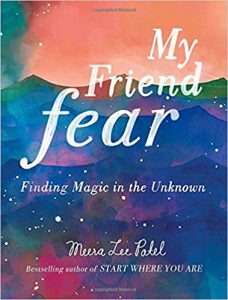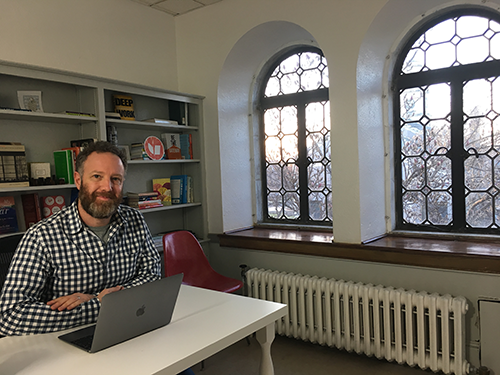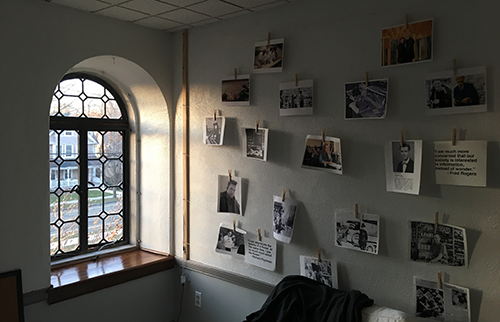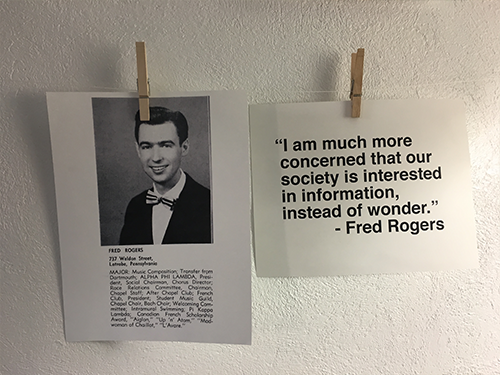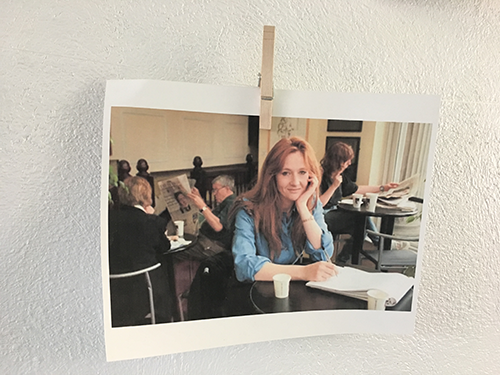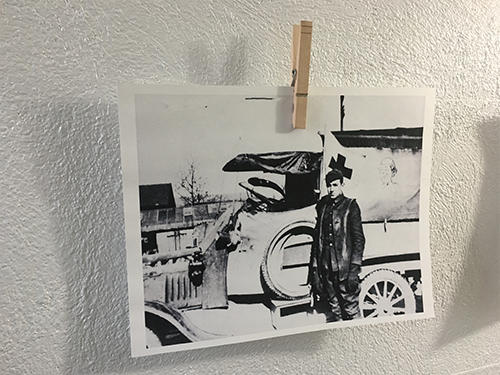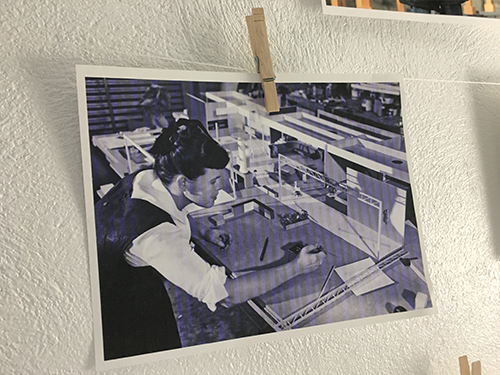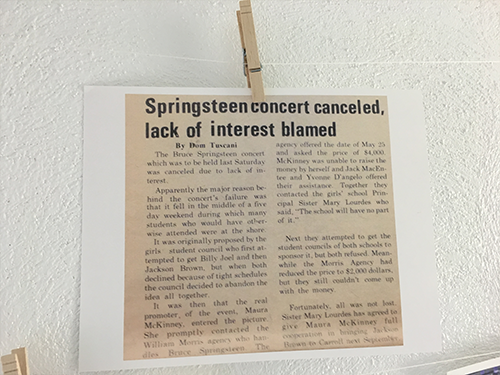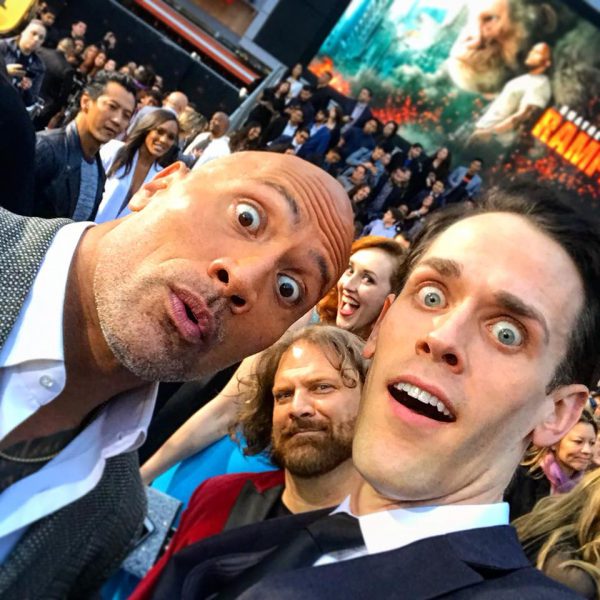Illustrator and writer Meera Lee Patel chatted with me recently about the value of having a creative community. For years, she worked alone on her craft in her apartment. But recently, she joined a shared studio space. This is how she describes the shift:
“It is the first time in my life that I have a creative community. The most valuable thing is not feeling alone. It’s helpful to have feedback, to not constantly be in my head, to be in the dark about what is standard, and not only be reading forums.”
“To have real life advice and really people who are willing to help and be generous with their time. It’s just brought a whole facet of joy to my life that I didn’t have.”
“Community is joy. It is happiness. I feel connected. I feel heard and seen. This community has been really healthy for me as a person. As a freelancer it has been great and nourishing and supportive, but I will say as a person, I feel a lot better off than I used to be.”
“I think that for other creative people out there who feel alone or frustrated with their work, I would just say, your not. If you can just reach out to people and build a community for yourself, it has been life-changing for me. I think it would be the same for others.”
As I listened to her words, I had something of a eureka moment. Because I have been obsessed with the idea of a creative community for awhile now. For the past few years, I have run more than a dozen Creative Shift Mastermind groups for writers and artists. The results I have seen are similar to what Meera describes above.
A writer who just went through a three month Mastermind with me summarized the experience this way:
“I thought I’d signed up for the Mastermind to get my career back on track. Seems like we’ve delved into getting my whole life onto a better track.” – Kimberli Bindschatel
Another framed it this way:
“In each of the last two Mastermind sessions I have gone through profound creative growth. I learned new things about myself, making experiential, intellectual and emotional connections that surprised me and enriched me.” – Simon Maple
And another talked about how it changed the way she sees the world:
“Dan’s Mastermind helped me look at the world, and my creative work, with an experimental mindset.” – Jan O’Hara
Did each of these people make clear progress on their creative work? Yes. But what all of these people indicate as well is that it enriched their lives in deeper ways.
More and more, I am doubling down on helping people feel a part of a creative community. Of connecting them to others, and in doing so, connecting them more deeply to their own creative work and personal fulfillment.
Yesterday I ran a small workshop, part of a series I have been doing called Studio Time. Here is a glimpse at some of the participants:
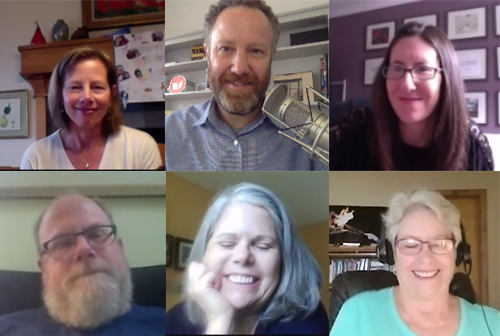
Even in that 1-day workshop, it was amazing how quickly the group came together and began supporting each other. The generosity and connection was immediate and consistent throughout the day. These people were in different corners of North America, from Canada to Florida, from the east coast to middle America. And here we are, forming a creative community.
This is a big part of the reason I have stopped teaching courses. I want everything I do to be about forging connections. I want to truly show up in the trenches with writers and artists every day. With the boom of online courses in the past 10 years, I feel something is often missing from them: true connection. A creative community. And to be honest, I don’t think shoving 1,000 people into a Facebook Group counts as a creative community. I’m not saying there can’t be value in a Facebook Group, I know many that are wonderful resources. But there are limits to what social media can provide when it comes to true connection and support. I want to explore the terrain beyond those limits.
I want to do more to help writers and artists make real progress with their craft, while feeling a part of something that supports them. The Creative Shift Mastermind and Studio Time workshops have been a good start, and I’m working hard to make them better and better.
What I would love to know from you is this: how could a creative community help you push forward with your creative vision? What would it have to bring into your life to get you to take a chance on joining it?
Please comment below or email me. That would mean a lot to me.
Thanks!
-Dan
P.S. You can hear my entire interview with Meera Lee Patel here. She shared so much wisdom, that I was just blown away.

 Illustrator and writer Meera Lee Patel describes why she began painting soon after she began working a day job:
Illustrator and writer Meera Lee Patel describes why she began painting soon after she began working a day job: